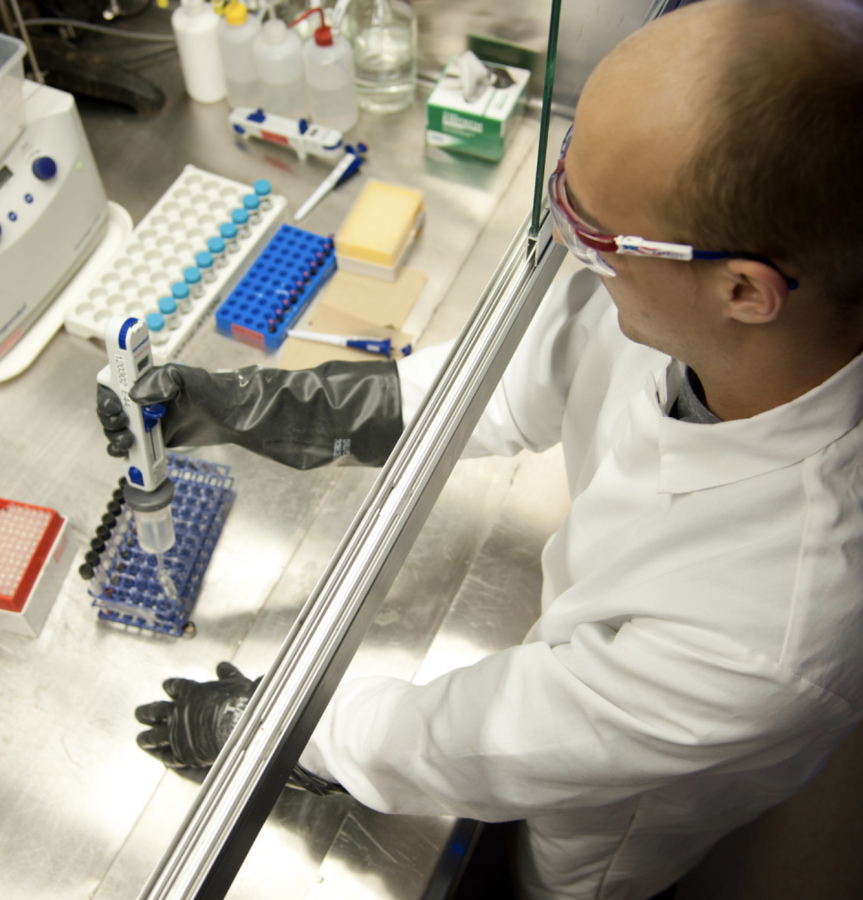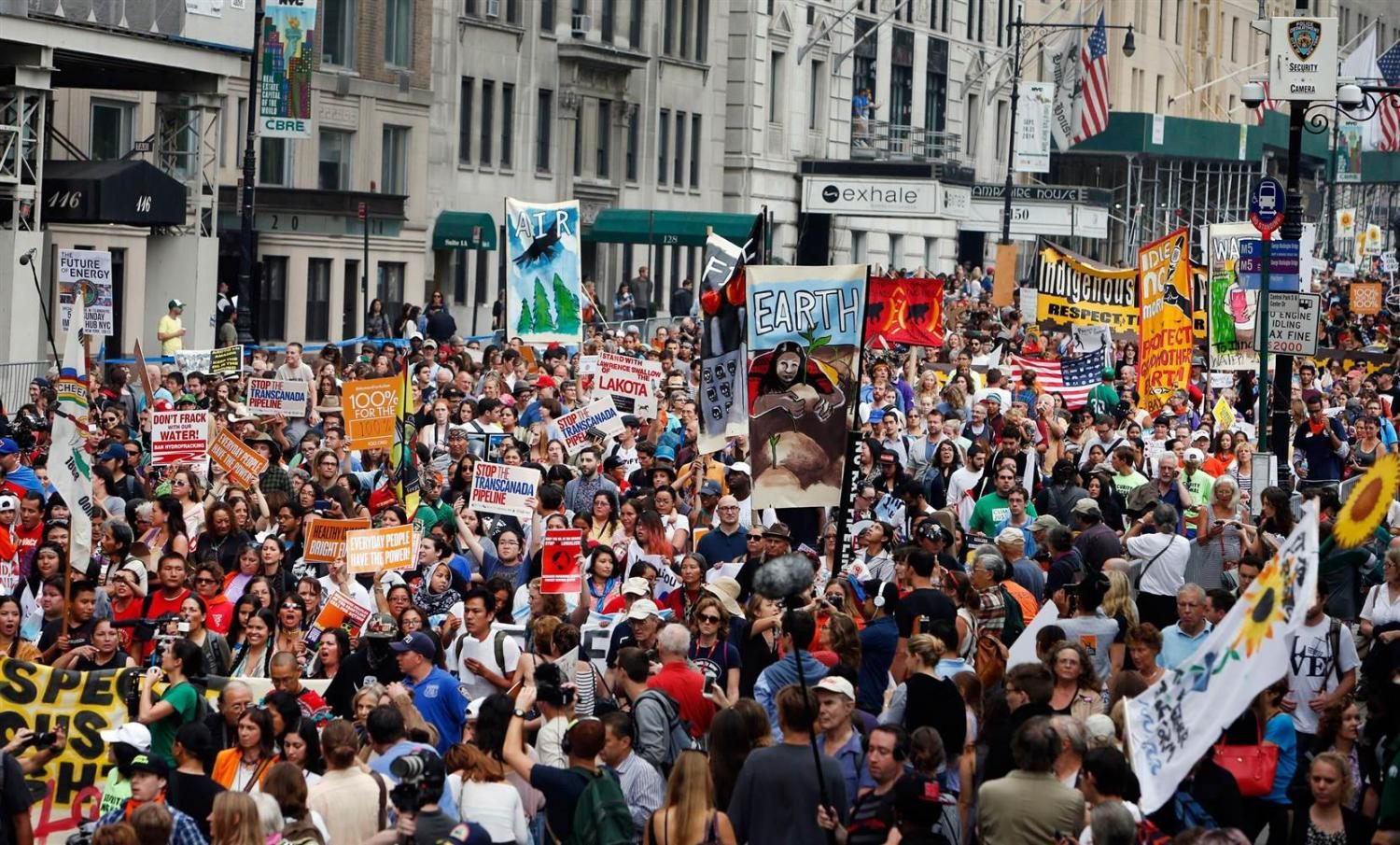From The Associated Press
AMSTERDAM – It’s not green cheese, but it might as well be.
The Dutch national museum said Thursday that one of its prized possessions, a rock supposedly brought back from the moon by U.S. astronauts, is just a piece of petrified wood.
Rijksmuseum spokeswoman Xandra van Gelder, who oversaw the investigation that proved the piece was a fake, said the museum will keep it anyway as a curiosity.
“It’s a good story, with some questions that are still unanswered,” she said. “We can laugh about it.”
The museum acquired the rock after the death of former Prime Minister Willem Drees in 1988. Drees received it as a private gift on Oct. 9, 1969 from then-U.S. ambassador J. William Middendorf during a visit by the three Apollo 11 astronauts, part of their “Giant Leap” goodwill tour after the first moon landing.
Middendorf, who lives in Rhode Island, told Dutch broadcaster NOS news that he had gotten it from the U.S. State Department, but couldn’t recall the exact details.
“I do remember that (Drees) was very interested in the little piece of stone,” the NOS quoted Middendorf as saying. “But that it’s not real, I don’t know anything about that.”
He could not immediately be reached for comment Thursday.
The U.S. Embassy in the Hague said it was investigating the matter.
The museum had vetted the moon rock with a phone call to NASA, Van Gelder said.
She said the space agency told the museum then that it was possible the Netherlands had received a rock: NASA gave moon rocks to more than 100 countries in the early 1970s, but those were from later missions.
“Apparently no one thought to doubt it, since it came from the prime minister’s collection,” Van Gelder said.
The rock is not usually on display; the museum is primarily known for its paintings and other works of fine art by masters such as Rembrandt.
A jagged fist-size stone with reddish tints, it was mounted and placed above a plaque that said, “With the compliments of the Ambassador of the United States of America … to commemorate the visit to The Netherlands of the Apollo-11 astronauts.” The plaque does not specify that the rock came from the moon’s surface
It was given at the opening of an exhibition on space exploration.
It was on show in 2006 and a space expert informed the museum it was unlikely NASA would have given away any moon rocks three months after Apollo returned to Earth.
Researchers from Amsterdam‘s Free University said they could see at a glance the rock was probably not from the moon. They followed the initial appraisal up with extensive testing.
“It’s a nondescript, pretty-much-worthless stone,” Geologist Frank Beunk concluded in an article published by the museum.
He said the rock, which the museum at one point insured for more than half a million dollars, was worth no more than euro50 ($70).
Van Gelder said one important unanswered question is why Drees was given the stone. He was 83 years old in 1969 and had been out of office for 11 years. On the other hand, he was the country’s elder statesman, the prime minister who helped the Netherlands rebuild after World War II.
Middendorf was treasurer of the Republic National Committee from 1965 until 1969, when President Richard Nixon dispatched him to the Netherlands.








